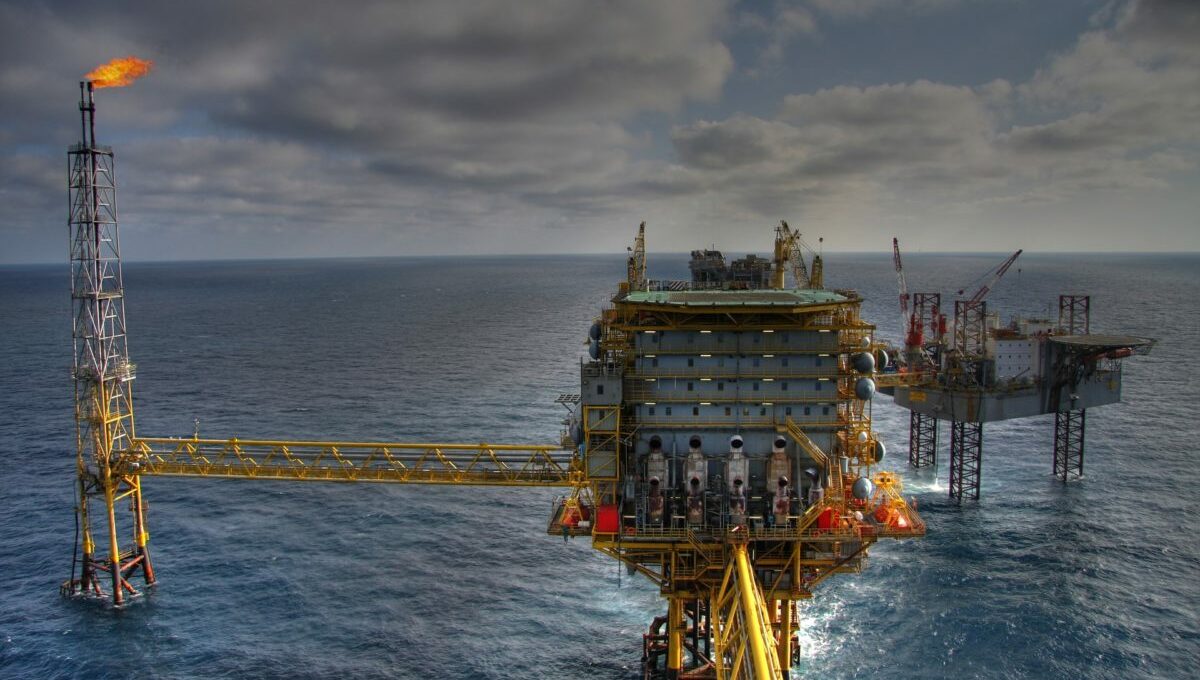Australia has significant oil and gas reserves, with the country being a net exporter of both commodities. As having the large oil and gas reserve, The energy provider of Australia supplies energy products on large scale in domestic and internationally. The oil and gas industry is a significant contributor to Australia’s economy, providing jobs and income for many Australians.
Oil
The oil reserves of Australia are relatively small, with most of the country’s oil production coming from offshore fields. The largest oil field in Australia is the North West Shelf oil and gas project, which produces around 60% of the country’s crude oil.
Despite the relatively small size of its oil reserves, oil production is an important industry in Australia, with the sector providing jobs and income for many Australians. Australia also has a number of oil refineries, which process imported crude oil into a range of petroleum products including gasoline, diesel, and aviation fuel.
Gas
Australia has significant natural gas reserves, with the country being a major producer and exporter of liquefied natural gas (LNG). The country’s gas industry is centered in Western Australia, where large offshore gas fields produce high-quality gas for export to markets such as Japan, China, and South Korea.
In recent years, there has been a growing focus on the development of unconventional gas resources in Australia, particularly coal seam gas (CSG) and shale gas. These resources have the potential to significantly increase Australia’s gas production, although the development of these resources has also been controversial due to concerns about their environmental impact.
Industry Challenges
Like many industries, the oil and gas sector in Australia faces a range of challenges. One of the key challenges is the volatility of commodity prices, which can have a significant impact on the profitability of oil and gas companies.
In addition, the sector is facing increasing scrutiny over its environmental impact, particularly in relation to the production process known as hydraulic fracturing (or “fracking”) used to extract unconventional gas resources. There are also concerns about the impact of oil and gas production on local communities and the natural environment.
Future Directions
Despite these challenges, the oil and gas industry in Australia is likely to remain an important part of the country’s economy for many years to come. The development of unconventional gas resources has the potential to significantly increase Australia’s gas production, while the ongoing demand for oil and gas from domestic and international markets means there will continue to be a need for investment in the sector.
At the same time, there is growing interest in the development of renewable energy sources in Australia, particularly in response to concerns about climate change. While it is unlikely that renewable energy will replace oil and gas entirely in the near future, there is significant potential for growth and development in this area. If Energy providers focuses in this area then they may be able to provide cheapest electricity to the customers.
In conclusion, the oil and gas industry in Australia is a significant contributor to the country’s economy, providing jobs and income for many Australians. While the sector faces a range of challenges, there are also opportunities for growth and development in the future, particularly in the area of unconventional gas resources and renewable energy.






